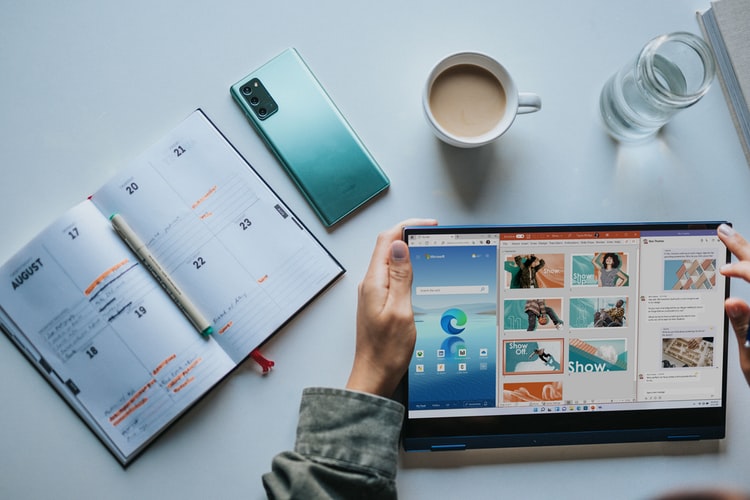Google Photo Recognition App has a new feature that searches the image that you want right away. Check out this post to find out more.
Google Photo Recognition App Update: Google’s New Photos App Can Tell Cats From Dogs
Google Photos is a cloud-based photo and video sharing and storing service that is free to use. You may access the website from a computer and download the Google Photos app on all of your mobile devices.
How to Begin Using Google Photos
Go to the website and get the mobile app.
Google Photos: https://photos.google.com/ Mobile: Search for and download the Google Photos app from your app store.
(Appearance and behavior may change depending on iPhone, Android, Google Pixel phone, etc.)
Sign in with your Google account on each device. If you do not already have a Google account, you can create one for free. This account will be used for all Google tools and products.
Create a free Google account.
Sign in with the same account on all devices.
Google Photographs can sync your photos across devices.
Google Photos Security
It’s natural to be concerned about the security of your photographs and videos. Here’s all you need to know about Google Photos privacy:
You are the only one who has access to your photographs.
Your unique password protects your account.
Your photographs have not been posted to the Internet or are not searchable on Google.com.
Examine the Terms of Service.
Neural network for photographs
The Photos neural network is divided into layers, with an input at the bottom and an output at the top. Adding extra layers is one method for creating a smarter grid. There are 22 in Inception.
Assume the input is a cat image (to borrow from the biggest machine learning story of 2012, when a Google neural network learned the concept of a cat from 10 million YouTube video stills).
In this example, the first layer identifies basic characteristics like lines or colors. The network then forwards them to the next layer, which may detect eyes or ears.
Each degree of sophistication increases until the network finds and connects enough evidence to conclude, “Yes, this is a cat.” The 22 layers are sufficient to distinguish between, for example, “wrestle” and “hug”. It has two abstract ideas with minute visual distinctions that may confound a network with fewer levels.
App Obstacles
The software sometimes “cheats” by looking at location and time; for example, the photo may have been taken on National Cat Day (October 29, if you were wondering).
Google’s largest, worst neural network could blitz through 22 layers, screening for every color, shape, and texture over hundreds of layers to determine with near-100 percent confidence what is in an image.
However, by being a little bit smart, it can get very near to that 100 percent level and save a lot of storage space and computational effort. It is an appealing task given that Photos can categorize billions of photos.


